Both vessels immediately cut their engines. SS Imo was no longer traveling at speed towards disaster, but sheer inertia and current were still bringing the ships ever closer.
The easiest way to avoid crashing would have been for the SS Mont-Blanc to beach itself in the shallows. But Captain Le Medec dared not do that. It might cause a jolt which could set off a spark. His crew were banned from smoking or owning matches in order to prevent such a thing. Sparks could well be fatal on that particular ship.
However Pilot Mackey had twenty-four years' experience of these waters. He knew the harbor and he knew ships. He worked out how to save them from crashing.
Mackey ordered the SS Mont-Blanc to steer hard to port. The great, heavy ship labored, but eventually lumbered slightly to the side. For heart-stopping moments, all on board stared at the side of the SS Imo.
It was ridiculously close, but they were going to miss. The Norwegian ship was going to run parallel, just feet away from them.
But Captain From was also an experienced sailor and he'd set in motion a plan of his own to avoid collision. It was one which would interfere with Mackey's efforts with deadly results.
Three blasts on the horn from the SS Imo signaled that it was about to reverse. That would have worked brilliantly, if the SS Mont-Blanc wasn't suddenly sliding towards them on a parallel course. As it was, the reverse thrust of the Imo's right propeller, coupled with their light-weight condition due to the empty hold, caused the Norwegians to veer closer.
The prow of the SS Imo cut nine feet into the side of the SS Mont-Blanc, slicing straight into its number one hold. Within seconds, the engines - already set in gear - caused the Norwegian ship to disengage backwards.
Sparks flew onto the deck of the French vessel, right onto the benzol puddles, created when the jolt of collision upturned their barrels.
What happened next would destroy the reputations of some and make heroes of others. Disaster on the scale that occurred was not yet inevitable, but it would happen anyway.


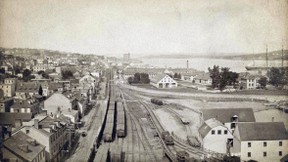 When our minds pass over the carnage of World War One, we don't expect those scenes to be in Canada. Nova Scotia should have been safe. It was over 3000 miles from the front line, with the expanse of the Atlantic Ocean in between.
When our minds pass over the carnage of World War One, we don't expect those scenes to be in Canada. Nova Scotia should have been safe. It was over 3000 miles from the front line, with the expanse of the Atlantic Ocean in between.


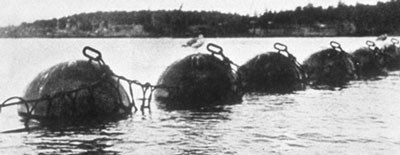

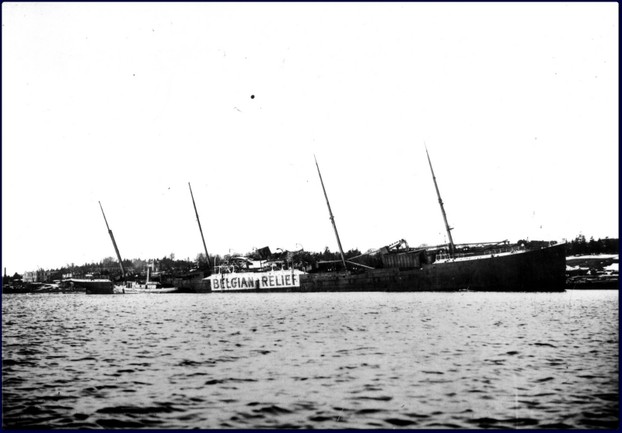
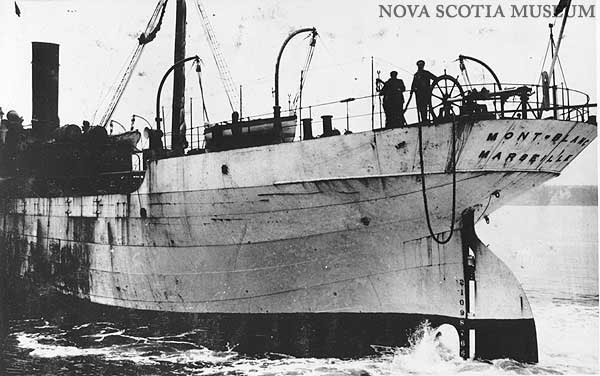








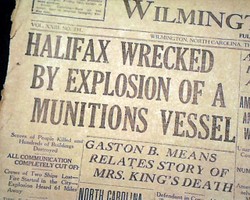

 St Tydecho's Churches in West Waleson 09/03/2014
St Tydecho's Churches in West Waleson 09/03/2014
 Goodies for an Outlander Premiere Partyon 03/06/2015
Goodies for an Outlander Premiere Partyon 03/06/2015
 Holocaust Memorial Day Interview with Rainer Höss, Grandson of Rudolf Architect of Auschwitzon 01/24/2015
Holocaust Memorial Day Interview with Rainer Höss, Grandson of Rudolf Architect of Auschwitzon 01/24/2015
 Romantic Valentine Gifts for an Outlander Fanon 01/16/2015
Romantic Valentine Gifts for an Outlander Fanon 01/16/2015

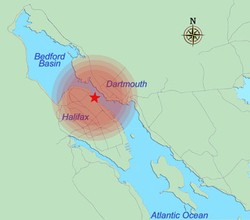
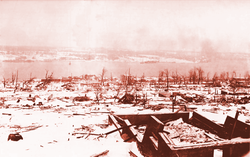
Comments
Incredibly interesting account, and well told.
I hope it lives up to expectation. :)
Cliffhanger...now to part 2.
I've just done it. My 600th is in the bag. :)
You really are close. It's hard to believe you've published 600 articles here.
One more article. I always do my Tips and Tricks at 01, so the next will be at 601.
Awww! Bless you for noticing that I'm close though!
Wow. I'm assuming that between this and part two you will stop and take stock of what happened with you at Wizzley for the last 50 articles ;-) I've been waiting for this one for the past 10 articles :):)